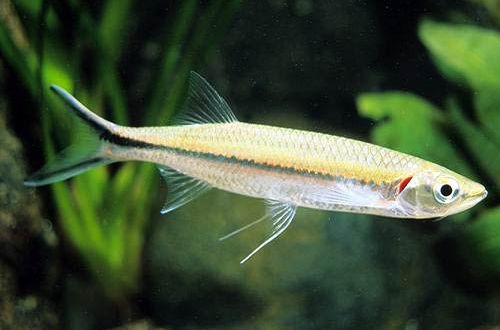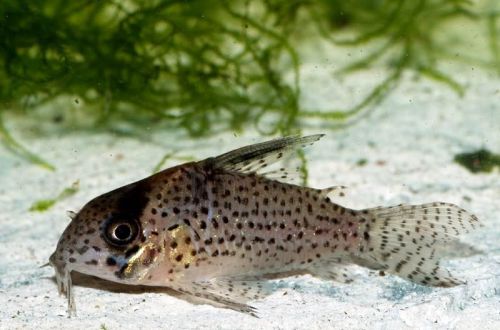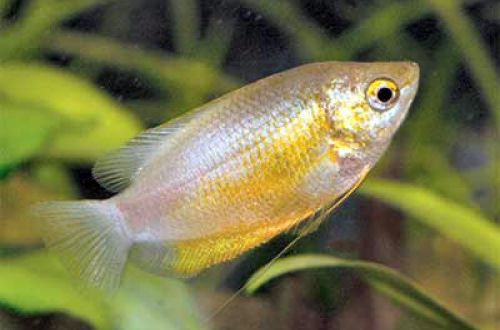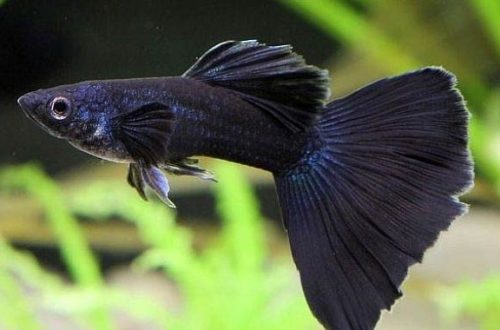
Luciosome dark-sided
Luciosoma dark-sided, scientific name Luciosoma spilopleura, belongs to the family Cyprinidae (Cyprinidae). Although this fish is rarely seen in the hobby aquarium hobby, its name is widely used in relation to related species, which are also known as the Apollo Shark and the Minion Shark.

Contents
Habitat
Comes from Southeast Asia. It is considered endemic to the islands of Sumatra and Kalimantan. Inhabits shallow fast rivers and streams flowing down hilly, sometimes mountainous areas. The substrates are stony. Aquatic vegetation grows mainly along the coast.
Brief information:
- The volume of the aquarium – from 250 liters.
- Temperature – 24-27°C
- Value pH — 6.0–7.5
- Water hardness – soft to medium hard (4-15 dGH)
- Substrate type – any
- Lighting – moderate
- Brackish water – no
- Water movement – moderate
- The size of the fish is up to 25 cm.
- Diet – predominantly protein-rich foods
- Temperament – conditionally peaceful fish, is a danger to small species
Description
Adults reach a length of up to 25 cm. The main color is silver. A characteristic feature in the body pattern is a dark stripe stretching along the lateral line and splitting in two along the edges of the tail. Sexual dimorphism is weakly expressed. Males and females have few visible differences.
Food
In nature, it feeds on invertebrates (insects and their larvae, crustaceans, worms, etc.) as well as small fish and fry. In the home aquarium, the diet should consist of high protein foods in the form of dry, frozen and live foods.
Maintenance and care, arrangement of the aquarium
Luciosoma dark-sided needs a spacious aquarium ranging in size from 250-300 liters. This volume will be enough for 4-5 individuals. In the design, it is necessary to provide places for shelters in the form of snags or thickets of large plants, as well as free spaces for swimming.
Given the diet, the main task in long-term maintenance is to maintain high water quality. This will require a productive filtration system and regular maintenance of the aquarium. The latter include the weekly replacement of part of the water with fresh water and the removal of organic waste.
Behavior and Compatibility
They prefer to be in a flock of 10 or more individuals. In confined spaces, it is permissible to reduce the group to five fish. They are calm in relation to relatives and other large species. Any small fish can become a potential prey.
Breeding / breeding
At the time of publication of the article, no successful cases of breeding in home aquaria have been recorded.
Fish diseases
Under suitable conditions, the likelihood of disease is minimized. In cases where the first signs of the disease appear, first of all, it is necessary to check the main indicators of the hydrochemical composition of water and the presence of an excess of the values of the products of the nitrogen cycle. As a rule, bringing all indicators back to normal allows the body of the fish to cope with the infection. However, if the exposure was prolonged, then medical treatment will be required, more details in the section “Diseases of aquarium fish”.





